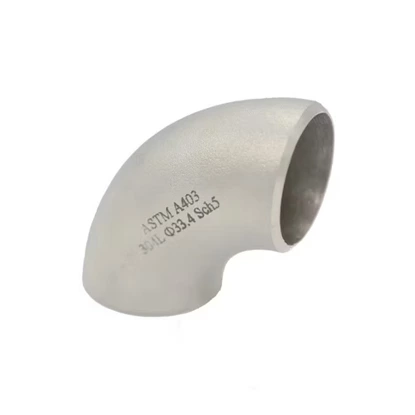What Is The Difference Between Stainless Steel Elbows And Pipe Bends, And Where Are Pipe Bends Used?
Elbows can replace stainless steel elbow, but the thinner wall thickness of the elbow should not be less than the wall thickness of the straight pipe section. stainless steel 90 degree elbow is a standard part that can be directly selected, and steel elbows is a standard part with R=1.0D and R=1.5D specifications. Elbows are not standard parts and generally have technical requirements, such as bending radius.
Elbows are used in some occasions, such as conveying materials containing solid particles, which require elbows with large bending radius. In order to ensure the wall thickness of the straight pipe after bending into an elbow, the elbow R must be 3D. Elbows are also widely used in fertilizer high-pressure pipelines. Sometimes large R elbows are also required on heat pipes to meet flexibility requirements. If the pipe bends are not at angles such as 45°, 90° and 180°, you can use elbows or stainless steel elbow fitting cutting. Of course, if the working conditions permit, you can also use shrimp elbows.
